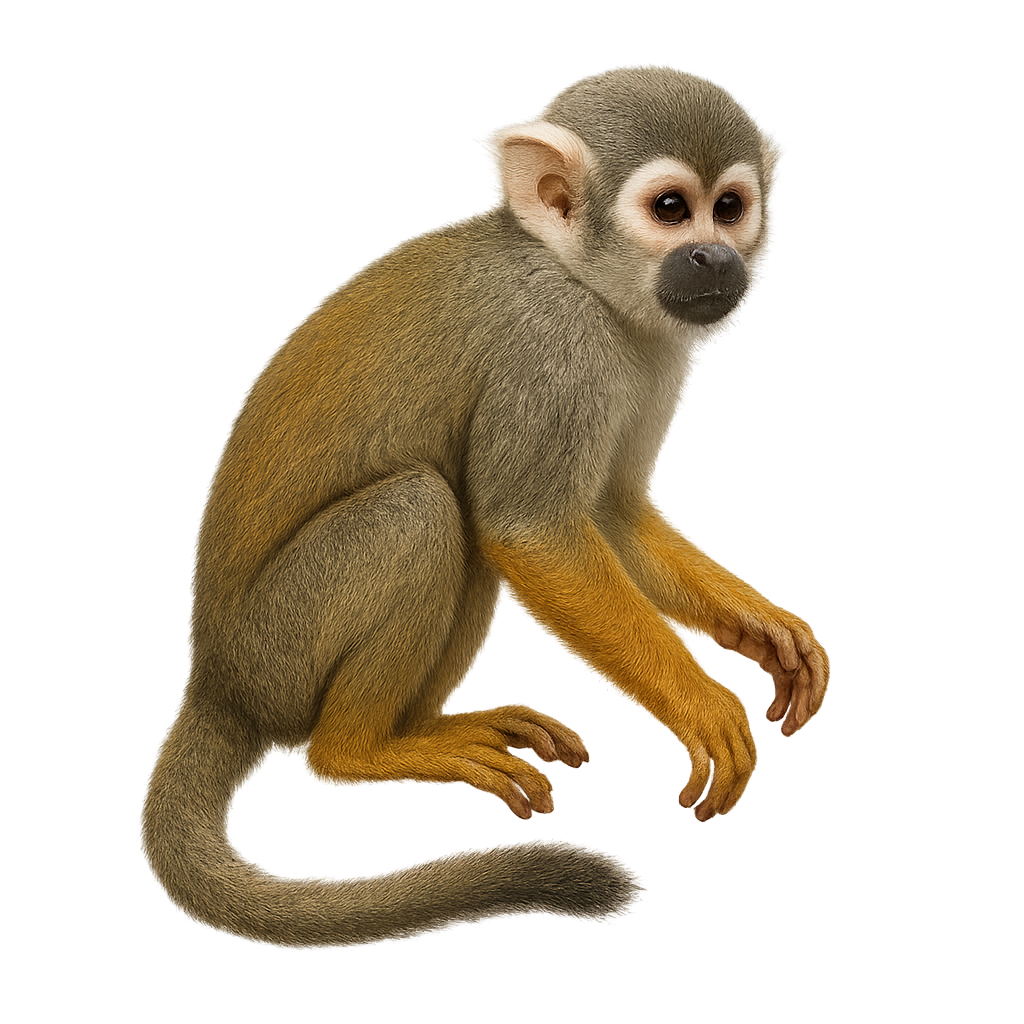Your wildlife photography guide.
Explore the common squirrel monkey in detail, study its behavior, prepare your shots.
Where to observe and photograph the common squirrel monkey in the wild
Learn where and when to spot the common squirrel monkey in the wild, how to identify the species based on distinctive features, and what natural environments it inhabits. The WildlifePhotographer app offers tailored photography tips that reflect the common squirrel monkey’s behavior, helping you capture better wildlife images. Explore the full species profile for key information including description, habitat, active periods, and approach techniques.
Common squirrel monkey
Scientific name: Saimiri sciureus

IUCN Status: Least Concern
Family: CEBIDAE
Group: Mammals
Sensitivity to human approach: Suspicious
Minimum approach distance: 10 m
Rut period: September to October
Gestation: 150-170 jours
Births: February to March
Habitat:
Tropical forests, flooded forests, savannas
Activity period :
Primarily active during the day, with peak activity in the morning and late afternoon.
Identification and description:
The Saimiri sciureus, or common squirrel monkey, is a small arboreal primate native to South America. It is characterized by its dense, soft fur, primarily gray-olive with shades of yellow and white. Its head features a white facial mask contrasting with a black crown. This monkey is highly agile and spends most of its time in the canopy of tropical forests, feeding mainly on fruits, insects, and small vertebrates. Social groups typically consist of 20 to 50 individuals, allowing them to effectively protect against predators. Although they are primarily active during the day, they can sometimes be observed at dusk.
Recommended lens:
300 mm – adjust based on distance, desired framing (portrait or habitat), and approach conditions.
Photography tips:
To photograph the squirrel monkey, it is advisable to use a telephoto lens of at least 300 mm to capture detailed images without disturbing the animal. Look for moments when the monkey is active, usually early in the morning or late in the afternoon. The natural light at these times can provide soft and flattering illumination. Be patient and discreet, as these monkeys can be suspicious. Use a tripod to stabilize your camera and achieve sharp images, especially in the shaded areas of the forest.
The WildlifePhotographer App is coming soon!
Be the first to explore the best nature spots, track rutting seasons, log your observations, and observe more wildlife.
Already 1 431 wildlife lovers subscribed worldwide

